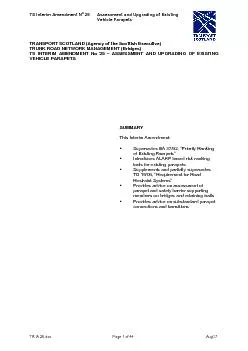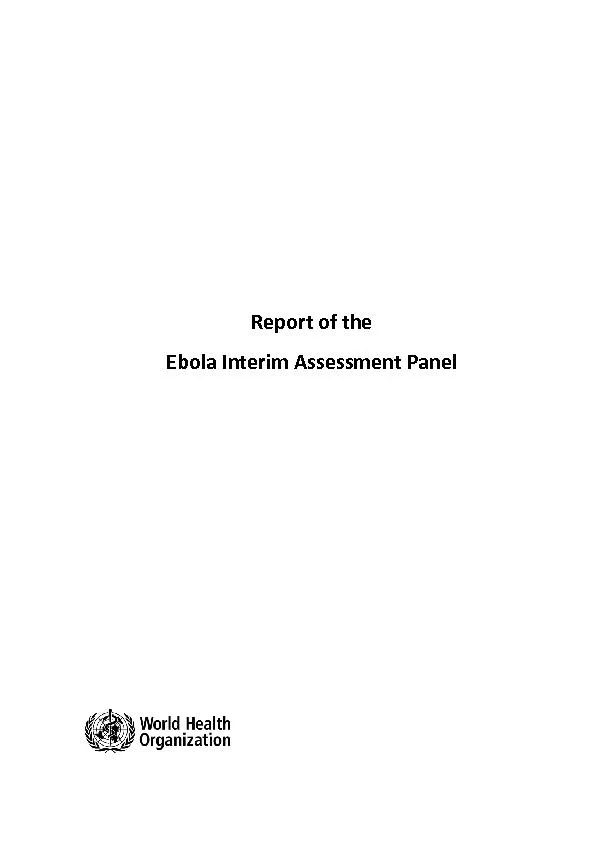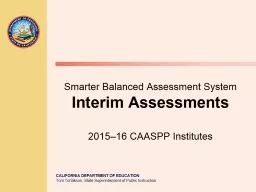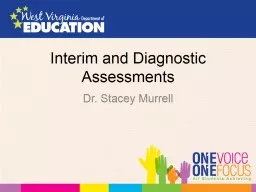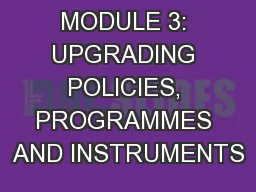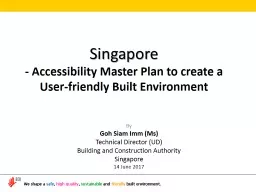PDF-TS Interim Amendment N 25 Assessment and Upgrading of Existing TS IA 2
Author : marina-yarberry | Published Date : 2015-09-20
TRANSPORT SCOTLAND Agency of the Scottish Executive TRUNK ROAD NETWORK MANAGEMENT Bridges TS INTERIM AMENDMENT No 25
Presentation Embed Code
Download Presentation
Download Presentation The PPT/PDF document "TS Interim Amendment N 25 Assessment and..." is the property of its rightful owner. Permission is granted to download and print the materials on this website for personal, non-commercial use only, and to display it on your personal computer provided you do not modify the materials and that you retain all copyright notices contained in the materials. By downloading content from our website, you accept the terms of this agreement.
TS Interim Amendment N 25 Assessment and Upgrading of Existing TS IA 2: Transcript
Download Rules Of Document
"TS Interim Amendment N 25 Assessment and Upgrading of Existing TS IA 2"The content belongs to its owner. You may download and print it for personal use, without modification, and keep all copyright notices. By downloading, you agree to these terms.
Related Documents

